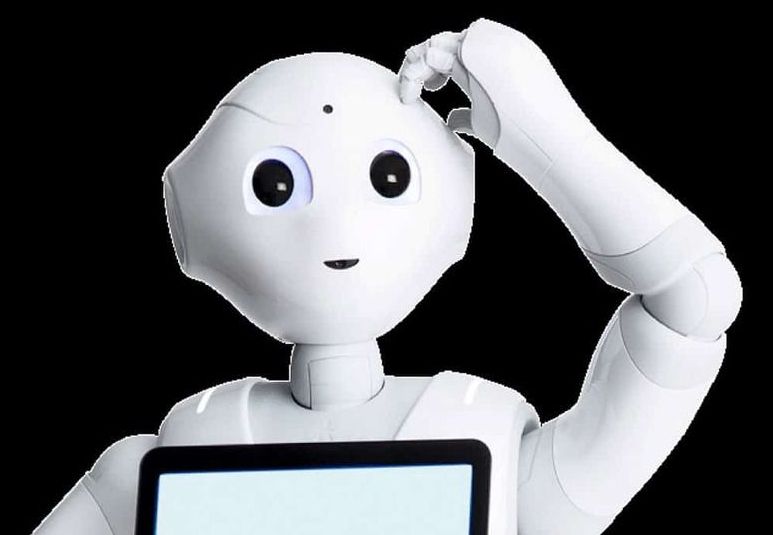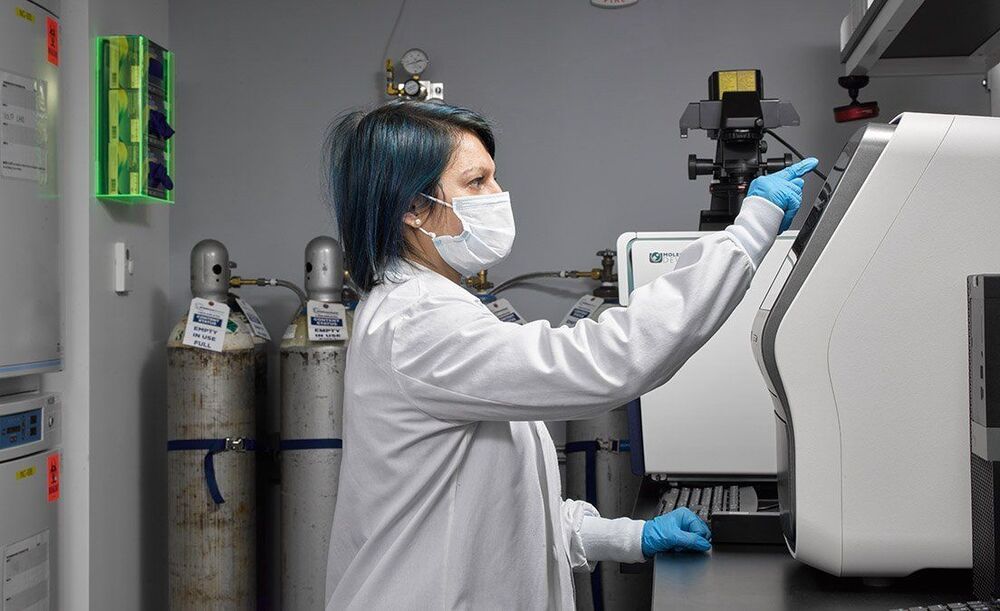Human Security cybersecurity specialists reveal the finding of a massive botnet made up of compromised Android devices. This malicious operation, identified as Pareto, would aim to conduct advertising fraud related to payment connected television (CTV) services and would so far be made up of about one million infected devices.
As you will recall, the term botnet refers to a network of computer systems committed to a specific malware variant, executed autonomously and automatically and under remote control by attack operators.
Experts say hackers have used dozens of mobile apps to mimic the image of over 6000 CTV apps, equivalent to around 650 million ad requests per day. This botnet was first identified in 2020 and since then companies such as Google and Roku have tried to mitigate their progress, although operators have managed to grow inordinately.









